What Is Rope Bondage? Exploring Erotic Restraint and Trust
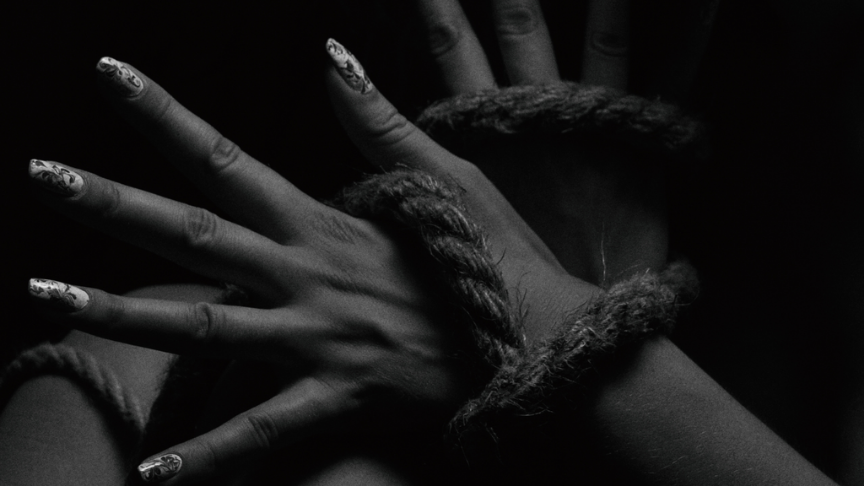
Table of Contents
Rope bondage is the practice of tying the body with rope to create physical restraint, pressure, or stillness. The focus of this practise is about what happens to your body and nervous system when movement stops. Rope slows everything down, forces presence, and creates a container for erotic sensation, emotional release, and trust.
Shibari is the Japanese tradition of rope bondage. It’s precise and intentional, designed to be as visually beautiful as it is physically immersive. The focus is on the connection between the one tying and the one being tied. Every wrap and knot is a form of communication.
Western bondage, on the other hand, often uses cuffs or quick ties to hold someone in a position for impact play or power exchange. For women, rope can be a tool for full-body awareness. It activates the skin’s pressure receptors, which can help regulate the nervous system and quiet the mind. It gives structure to surrender, letting the body relax into a held experience.
Rope Bondage: Different Styles, Different Intentions
Shibari (Japanese Bondage)
Shibari, also called Kinbaku (meaning “tight binding”), emerged from Hojojutsu, an ancient martial art used by samurai to restrain captives. Over centuries, it evolved into a ceremonial, erotic, and deeply expressive practice. In modern contexts, Shibari emphasizes form, symmetry, anchor points and emotional presence.
This style is less about immobilization and more about what the rope reveals. Each tie is deliberate. Shibari is often practiced slowly, with breath and tension in sync. It can involve suspension, especially for advanced users though this should only be done with proper training and trust.
At its core, Shibari is about ritualized vulnerability, being seen, held, and offered in stillness.
Western Style Bondage
Western rope bondage emerged from a very different lineage, more utilitarian, more rooted in accessibility and control. Often influenced by military restraint techniques, BDSM dungeon culture, and kink clubs, it focuses on function over form. The aim is straightforward: restrain the body in bondage sex positions that enhance physical dominance or sexual positioning.
In this approach, rope is used like a tool. Wrists tied to a bedframe. Ankles spread and anchored. Elbows bound behind the back. It's direct, efficient, and often improvisational. There’s less emphasis on aesthetic beauty and more on immediate control or the psychological charge of being held in place.
Western bondage can be intense and deeply satisfying for those who crave pressure or the raw power dynamic of restraint.
Safety First: What to Know Before You Start Tying

1. Communication Before Rope
Before rope touches the body, have the conversation. You need to know what you’re tying, where on the body, how tight, and for what purpose. Is this about erotic surrender? Emotional containment? Sensory exploration? Be specific. The more you clarify before starting, the safer and more satisfying the experience becomes.
Use a 1–10 scale throughout the scene to track how it feels. Ask: “On a scale of 1 to 10, how tight does this feel?” or “Where’s your emotional intensity right now?” or “How aroused are you at this point?” This keeps both of you tuned into real-time changes in the middle of the scene and prevents surprises from turning into harm.
2. Tools and Setup
Choose rope that’s safe for the skin and strong enough to hold structure. Natural fibers like hemp, jute, or bamboo cotton are the most trusted, especially when tied to a hard point . They create reliable tension without slipping, and they’re less likely to cut or burn the skin than synthetic options.
Always have safety shears or a sharp pair of bondage scissors close by. Never tie without them. Rope bondage can trigger intense sensations, physically and emotionally, and things can shift fast. Being able to cut the rope immediately is non-negotiable.
Avoid tying over joints like knees and elbows, as they move and flex under pressure and can be easily injured. Stay clear of known nerve zones, including the inner arms, sides of the thighs, and fingers. These areas are more prone to numbness and long-term damage if compressed. Never tie around the neck or along the spine unless you’re trained and working with someone who fully understands the risks.
3. Watch for Circulation or Nerve Compression
Once the rope is on, don’t assume it’s fine, monitor closely. Watch for signs of reduced circulation like tingling, cold skin, or loss of sensation in the wrists, hands, ankles, or feet. Nerve compression can happen quickly and isn’t always painful, it can feel like numbness or pins and needles.
Always aim to leave a finger’s width of space under the rope unless you’re intentionally going snug, and even then, check regularly. Comfort isn’t the goal; safety is. Without it, trust breaks, and the body can’t truly let go.
If your partner is gagged or entering subspace (a trance-like or altered state during bondage or BDSM scenes), make sure there’s a clear, agreed-upon non-verbal signal to indicate distress. This could be dropping an object, tapping out, or blinking in a pattern. The rope is only safe if the person in it can signal when something is wrong.
Core Techniques: Simple, Beautiful, Functional Ties for Beginners
1. Single Column Tie

The single column tie is used to bind one limb to a fixed point or to another part of the body. For example, tying your partner’s wrist to a bedpost, ankle to thigh, or wrist to a bondage ring on a wall. This tie creates a stable point of restraint while allowing the rest of the body to move freely.
What matters most here is the structure of the knot. You need enough friction to keep the rope from slipping, but not so much tension that it digs into the skin or cuts off circulation. Wrap the rope cleanly around the wrist or ankle, then create a loop with a non-slip knot (often a double overhand or a half-hitch finish). The rope should sit on a fleshy or muscular area, not on tendons or directly over joints. Always leave space for one finger to slide under the rope.
This tie is a staple for beginners because it teaches you how to build tension and tune in to your partner’s physical and emotional response without overwhelming their body.
2. Double Column Tie
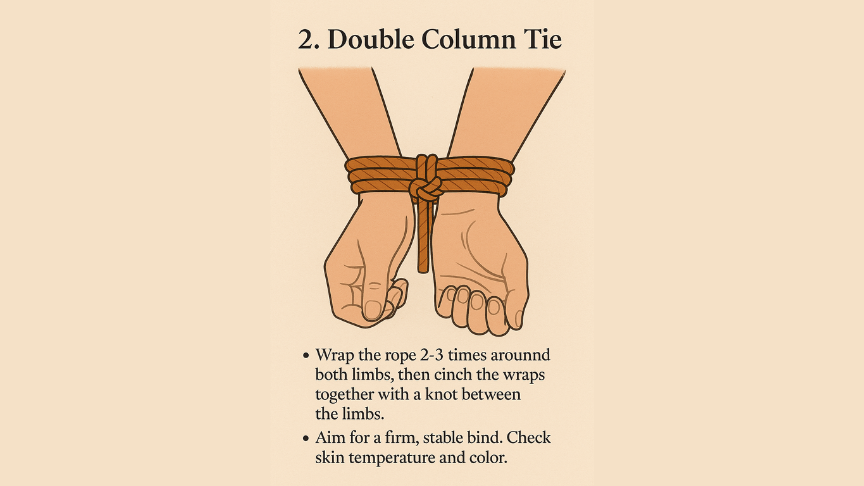
This tie binds two limbs together, usually wrists or ankles, but it can also be used for thighs, arms, or even calves. The wrists can be tied in front of the body for more accessible play, or behind the back to introduce a more submissive, exposed posture.
To tie it correctly, wrap the rope around both limbs two to three times, stacking the coils without overlapping. Then cinch the wraps together with a knot between the limbs to keep them from rotating or rubbing. A double overhand or a square knot works well to secure the tie.
You’re aiming for a firm, stable bind that doesn’t twist or shift during movement. Check skin temperature and color, if the hands start to turn pale or feel cold, untie immediately. This tie is useful in scenes where you want to restrict movement while keeping the body supported and safe.
3. Chair Tie / Bound Partner Position
This setup anchors the body using a chair or bench. It’s ideal for building scenes that involve extended oral play, energetic worship, or intentional restraint during penetration or wand use.
Have your partner sit comfortably on a sturdy chair with no arms (or low arms). Tie their thighs to the seat, their ankles to the legs of the chair, and optionally their wrists behind the back or to the sides. Use wide, flat wraps that distribute pressure, this is especially important if the scene lasts more than a few minutes.
This position stabilizes the body while allowing full access to the chest, thighs, and genitals. It’s a powerful setup for women who want to experience receptivity without losing grounding.
4. Body Harness / Heart Shape Chest Tie
This is one of the most iconic shibari forms, often used for visual impact and somatic focus. Start by wrapping rope above and below the breasts, crossing the back and under the arms. Work slowly, layering rope evenly across the chest, allowing each wrap to rest against the skin without pinching.
The “heart” shape is created by anchoring a central rope between the breasts, then pulling it upward and outward across the collarbones. It draws focus to the chest and invites breath, sound, and sensation into the heart space.
This harness is less about immobilization and more about amplification. It draws attention to the chest, builds pressure around the heart, and brings energetic focus to the upper body. Pairing this tie with a yoni egg, inserted beforehand, can create a ritual of internal containment, the egg focuses energy in the pelvis, while the rope frames it through the chest.
Rope Ties by Level: What to Use, When, and Why
|
Tie Name |
Level |
Purpose / Benefit |
Suggested Max Duration |
|---|---|---|---|
|
Single Column Tie |
Beginner |
Anchor one limb to a fixed point; builds safety and control; ideal for solo or partner restraint |
10–20 minutes (check circulation every 5 min) |
|
Double Column Tie |
Beginner |
Binds two limbs together (e.g., wrists or ankles); good for full-body focus or partnered surrender |
10–15 minutes |
|
Chair Tie |
Beginner |
Grounds the body in a seated position; useful for oral play, mirror work, or energy focus |
15–30 minutes (depending on tension) |
|
Body Harness (Chest Tie) |
Beginner–Intermediate |
Frames the chest; activates heart space and breath; symbolic containment |
20–40 minutes (not weight-bearing) |
|
Thigh Wraps |
Intermediate |
Immobilizes the legs; increases lower body awareness; good for edging or pelvic focus |
10–25 minutes |
|
Futomomo (Leg Fold Tie) |
Intermediate |
Binds ankle to thigh; creates deep stillness in hips; great for impact play or internal work |
10–20 minutes |
|
TK Harness (Takate Kote) |
Advanced |
Restrains upper body and arms behind back; strong surrender posture |
5–15 minutes max (high nerve risk) |
|
Suspension Bondage Harness |
Advanced |
For full or partial body suspension; requires skilled technique, supervision, and safety prep |
Max 5–10 minutes (constant monitoring) |
How to Choose Your Rope: Sensuality Starts with Texture
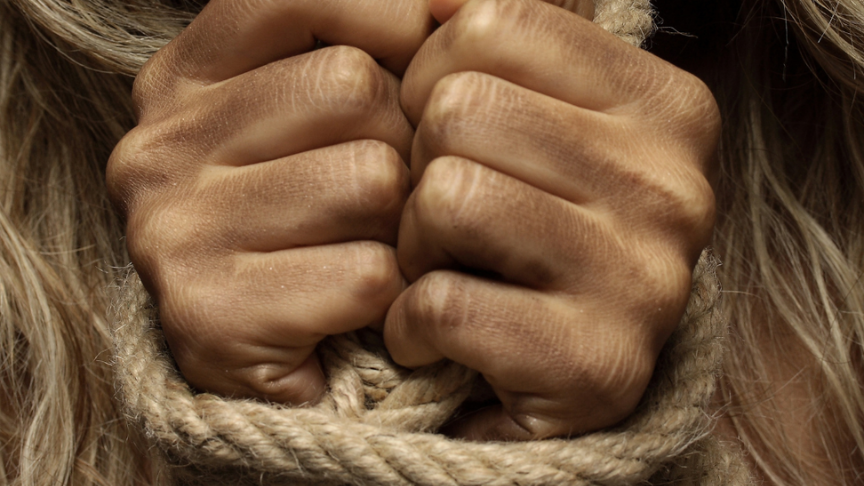
Choosing rope is like choosing lingerie. It’s about how it feels on your skin, how it frames your body, and what kind of experience you want to create. Rope is one of the first things your body will register in a bondage scene. The texture, weight, and smell of it matter.
Natural fiber ropes like hemp and jute are the most traditional in shibari practice. They have texture, what riggers call “bite.” That slight roughness helps the rope grip the body and hold knots securely, especially in ritual or stillness-based ties. These ropes engage the skin and demand presence.
If you’re just beginning, or your skin is sensitive, start with cotton or bamboo rope. These materials are softer and less likely to leave marks. They’re easier to work with, especially when practicing longer scenes or self-tying. Bamboo cotton in particular offers a balance between gentle touch and decent knot strength.
Avoid synthetic ropes, like nylon or paracord, unless they’re explicitly made for bondage. Most synthetic materials are too slippery or too abrasive. They don’t hold knots reliably and can cause friction burns or circulation issues during play.
Guide For Women Exploring Rope on Their Own Bodies
Self-tying is a direct pathway into body ownership. When you tie your own body, you’re practicing how to meet yourself without waiting for someone else to give you permission to feel.
Start by choosing one part of your body to focus on: thighs, wrists, or torso. Wrap slowly. Let the sound of the rope, the pull of the fibers, and the changing weight on your skin become part of your sensory field. What shifts in your attention when you can’t move as freely? What do you feel under the sensation?
Practice in front of a mirror. Tie your chest or midsection, then sit with yourself. What do you see when your body is bound and still? What stories come up, about worthiness, control, visibility? Use your voice here. Speak a phrase out loud: “I choose to be held.” “I can stop bracing.” “I belong in my own sensation.”
Self-bondage also teaches clear boundaries. You feel where the rope starts to hurt, where it feels nourishing, where you hesitate. This internal feedback loop becomes your reference point in partnered scenes. No guessing. No hoping your partner figures it out. You already know.
For integration, bring in a crystal wand or a yoni egg after your rope session. The body has already been slowed and sensitized. Now is the time for direct internal contact, especially in areas where sensation is usually numb or avoided. Rope prepares the nervous system, the wand carries the intention inward.
Aftercare: Physical and Emotional
Unbinding matters just as much as binding. Rope work activates the nervous system. It opens emotional gates, stirs memories, unmet needs, suppressed desire. If you finish a scene and walk away without tending to what surfaced, the body is left holding everything that got pulled up.
Start with the physical layer. Don’t just untie, unwind. Let the rope slide off slowly. Watch your partner’s skin or your own. Check for redness, rope burns, bruises, or numb areas. If there’s tingling or loss of sensation, massage the tissue gently and stay with the area until sensation returns. Apply arnica oil where needed. Drink water. Eat something grounding, fat, salt, or warm food helps the body shift out of high arousal.
Then tend to the emotional space. If you were in a partnered scene, ask: “What did that bring up for you?” or “Where did your mind go during the stillness?”
If you tied yourself, give your body what it needs to land. That might be lying down under a heavy blanket, sitting in a warm bath, or curling around a pillow in silence. Listen for what still feels open, and offer it support.
Conclusion
Rope bondage can help you slow down, feel more, and meet your body in a way that’s intimate. If you want to explore surrender or build trust, give it a try.
You don’t need to master suspension or memorize fancy patterns. Start with one limb. One tie. One breath. Let your body lead. Let safety and structure open the door to something deeper.
If you’re looking for a practice that’s erotic, embodied, and transformative, rope might be exactly what you’ve been waiting for.





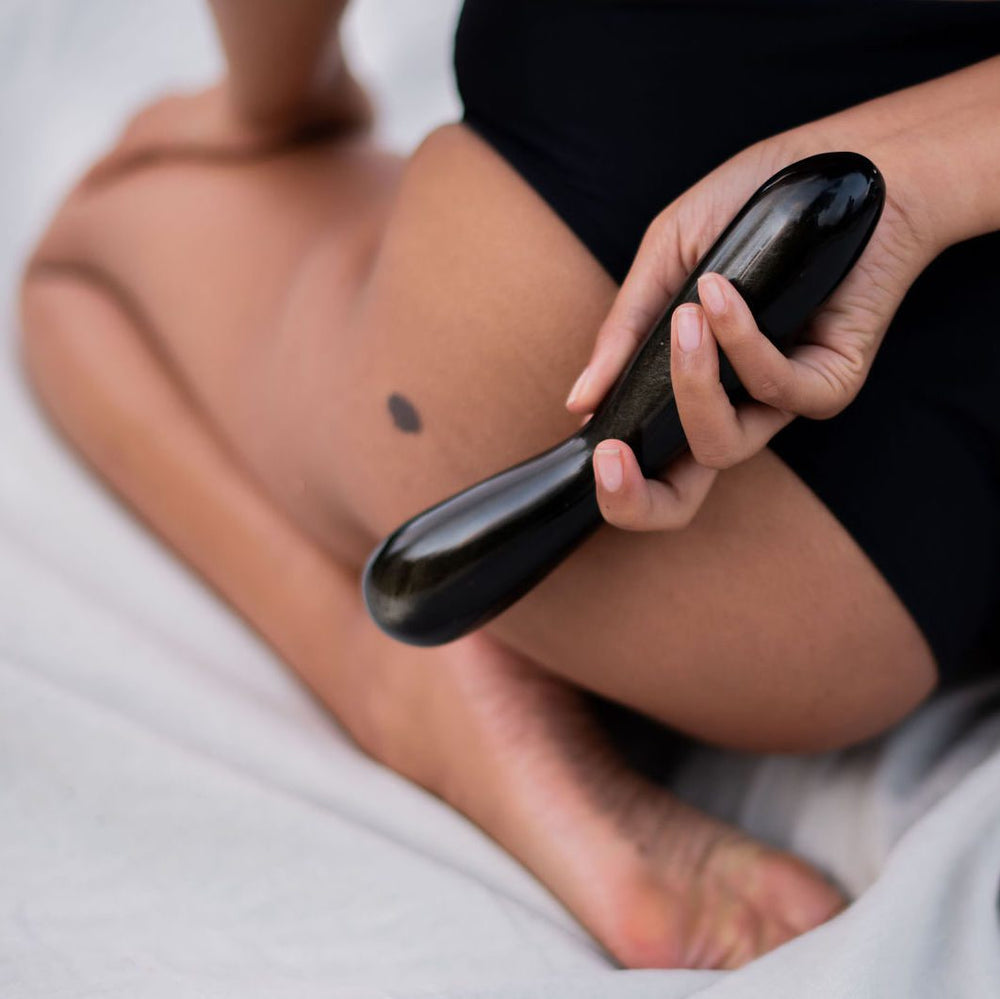






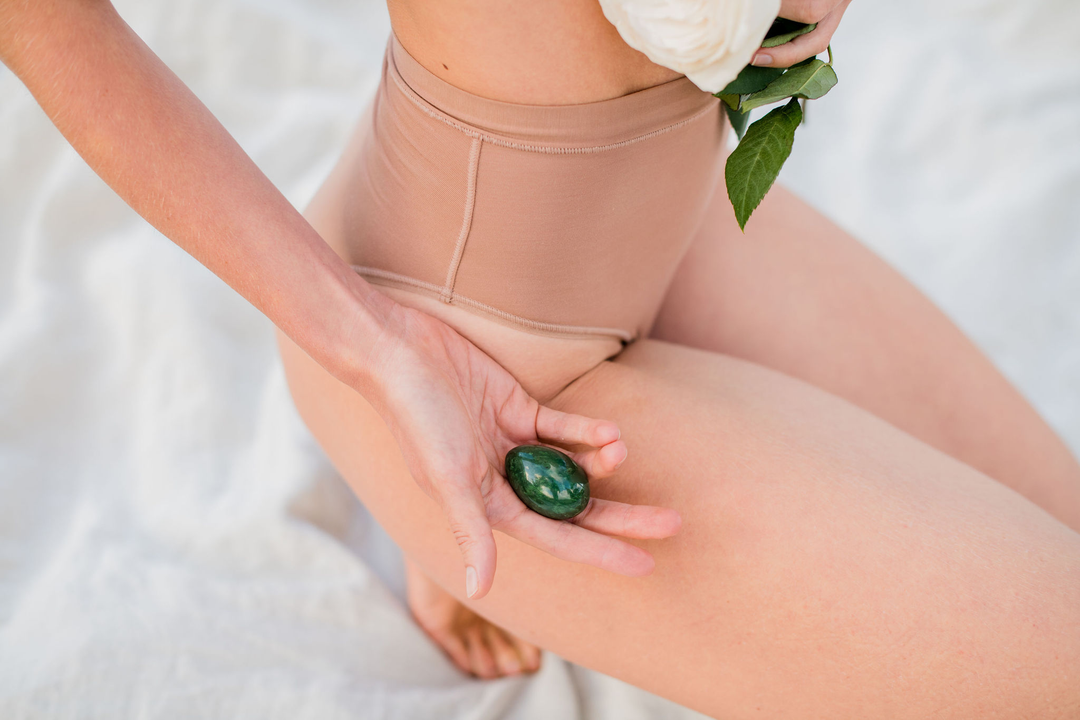


Leave a comment